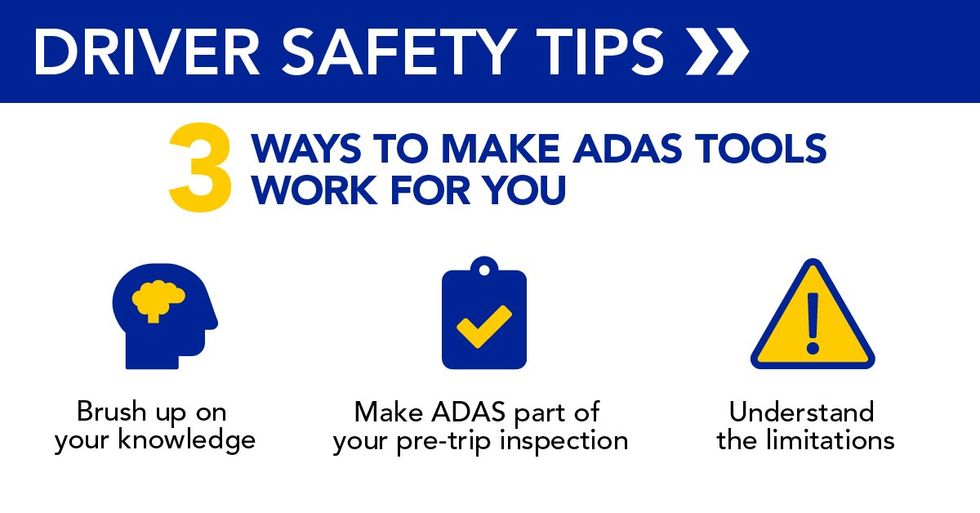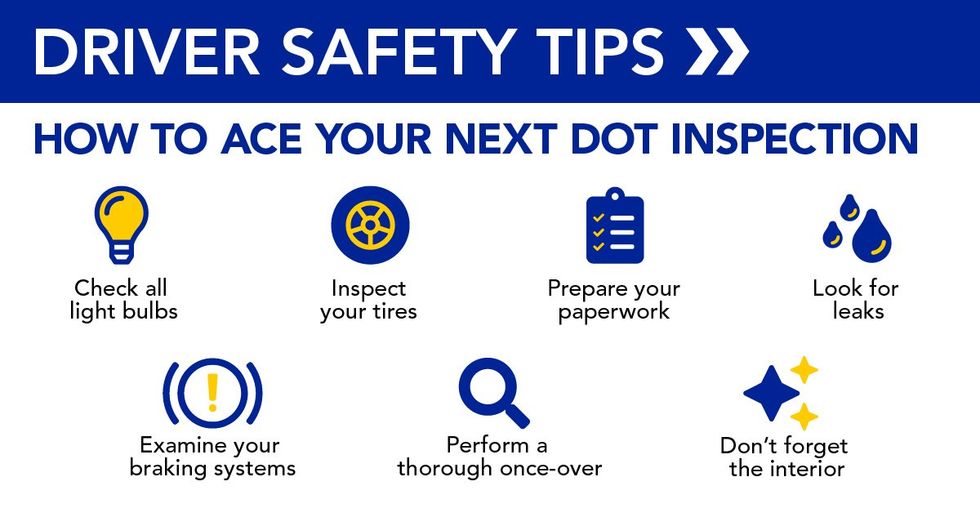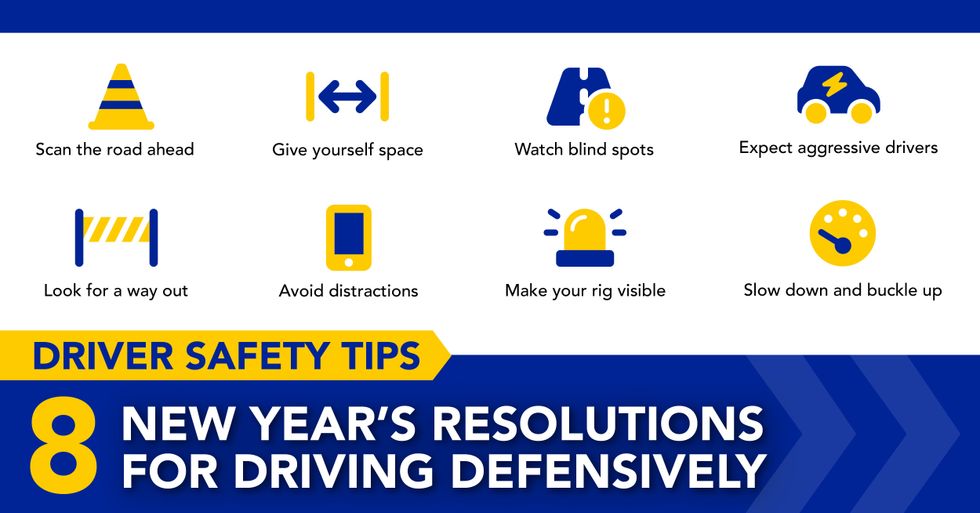Dawn, Dusk & Deer: Preventing Animal Strikes
Why did the deer cross the road? The answer doesn’t matter — unless the deer runs into the path of your tractor-trailer.
The combination of earlier sunsets and deer mating season creates a potentially dangerous situation for commercial motor vehicle (CMV) drivers. Collisions between vehicles, deer and other animals happen most often in November, which means now is the time for professional drivers to stay alert.
Animal strikes happen more often than most drivers think. New data from State Farm shows that more than 1.7 million animal collision insurance claims were filed from July 2024 through June 2025. The odds of animal strikes are highest in West Virginia (1 in 40), Montana (1 in 53), Wisconsin (1 in 58), Michigan (1 in 61) and Pennsylvania (1 in 62).
How To Avoid Deer Strikes
Driving defensively and slowing down will help you spot animals near or on the road and avoid collisions. A few tips:
- Beware dawn and dusk, which are when many animal strikes occur. The hours between 5 p.m. and 9 p.m. are the most dangerous.
- Scan the road constantly. Look for any signs of wildlife. Be especially cautious in any posted “deer crossing” or “animal crossing” areas.
- Use your high beams. Doing so will help you see animals in the distance. It may help deer see you coming, too.
- Slow down. Observe speed limits so you have more reaction time should you see an animal ahead.
- Increase your following distance. This will help you avoid rear-end collisions if a motorist in front of you slams on their brakes upon seeing an animal.
- Buckle up. Wearing your seatbelt will protect you in the event of a deer strike.
What To Do Once You See an Animal
If you see a deer or other animal on or near the roadway, be sure to:
- Look for friends. Deer travel in groups, so if you see one, others are probably nearby.
- Use your horn. Honking and flicking your high beams may help scare a deer and cause them to scurry away.
- NEVER swerve. Swerving could cause you to lose control of your truck and crash. Instead, grip the steering wheel tightly, brake firmly and prepare for impact.
What To Do After an Animal Collision
Pull off to a safe spot on the side of the road and turn on your hazard lights. Do not attempt to move an animal; a frightened animal may act erratically after being wounded. Call the police if the animal is blocking traffic or could create a hazard for other drivers.



